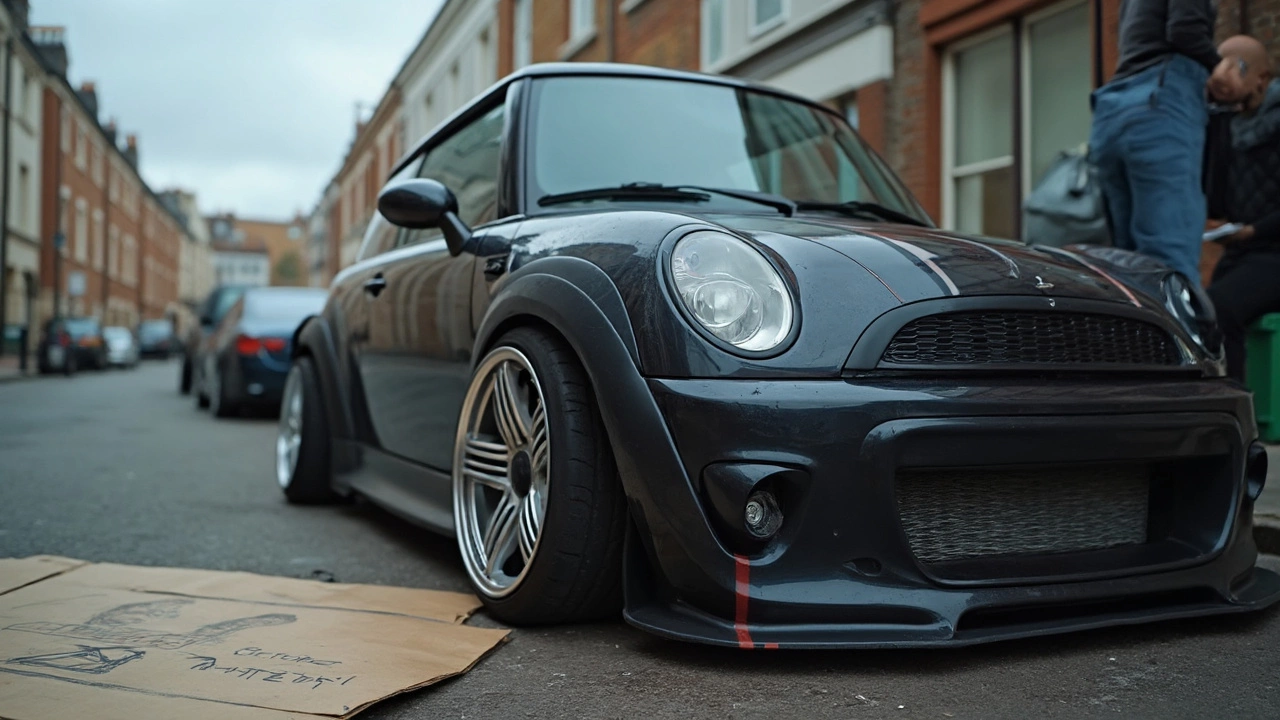Ride Height: Simple Tips to Lower or Raise Your Car
Ever wonder why some cars sit close to the ground while others look higher up? That difference is called ride height. It’s the distance between the axle and the ground, and it affects how your car looks, handles, and rides. Adjusting ride height can give you a deeper stance, better cornering, or even more comfort on bumpy roads.
Why Change Ride Height?
Lowering your car can make it look aggressive and improve handling by reducing body roll. When the center of gravity is lower, the car feels tighter in turns and brakes faster. Raising the ride height, on the other hand, gives more clearance for big wheels, off‑road use, or simply a more comfortable ride on rough streets. Both options have trade‑offs, so know what you want before you start.
How to Measure and Adjust Ride Height
First, measure the stock ride height. Park on a level surface, take a ruler, and measure from the top of the tire’s sidewall to the bottom of the chassis or suspension mounting point. Write down the number for each corner – you’ll use it to compare later.
If you want to lower the car, most people use lowering springs or coil‑over kits. Lowering springs are cheaper and fit stock shocks, but they can make the ride stiffer. Coil‑overs let you dial in exact height and damping, but they cost more and need proper setup.
To raise the car, look for lift blocks, taller springs, or adjustable coil‑overs. Lift blocks are easy to install under the springs and give a modest lift. Taller springs replace the stock ones and add a few inches of clearance. Adjustable coil‑overs work both ways – just turn the top nut to raise or lower each corner.
When you install new parts, tighten all bolts to the manufacturer’s torque specs. Uneven bolts can cause the car to sit crooked, leading to uneven tire wear. After the install, re‑measure each corner and adjust until the numbers match your target.
Don’t forget alignment. Changing ride height alters suspension geometry, so a proper wheel alignment is a must. Mis‑aligned wheels cause poor handling and accelerate tire wear.
Finally, test drive. Listen for clunking noises, feel for harshness, and notice if the car rolls more or less in corners. If anything feels off, double‑check your installation or consider a professional setup.
Ride height tweaks are popular in Nottingham and across the UK, but remember local laws. Some regions have limits on how low a car can sit, especially regarding tire clearance and headlight height. Check with your local council or MOT guidelines to avoid fines.
Whether you’re chasing a slick look or need more ground clearance for a road trip, the right ride height can boost confidence behind the wheel. Follow these steps, stay safe, and enjoy the new stance of your car.
This article breaks down what lowering springs actually do for your car. From handling improvements to that aggressive look, we’ll cover all the real benefits (and honest drawbacks) of swapping out your stock suspension. Expect practical advice, fun facts, and things nobody tells you before getting your hands dirty. If you’re thinking about lowering your ride, this is the must-read guide. No fluff, just straight talk and useful tips.
Curious about swapping out your car’s springs to get that dropped look? This article gives you the real deal on lowering springs and what happens when you use them alone. We’ll break down how springs affect your car, what else you need to consider, and if it’s actually safe (or even worth it) for your daily ride. Get straightforward advice with tips and facts from a car enthusiast’s perspective. Save money, avoid mistakes, and stay safe while making your car look slicker.
Lowering springs can transform your car's looks and handling, but what about the bump stops? This guide breaks down why bump stops are essential, especially when lowering your ride. Find out if you should upgrade or stick with your current ones. Get tips on avoiding suspension issues and maximizing your car's performance.
Coilovers are a popular choice for car enthusiasts looking to lower their vehicle while enhancing performance. These adjustable suspension components offer flexibility in changing ride height and adjusting the stiffness of the ride. The article delves into how coilovers work, their benefits, tips for proper installation, and considerations to keep in mind before making the investment, making it a comprehensive guide for anyone considering this modification.





